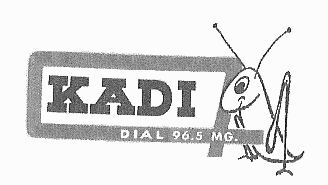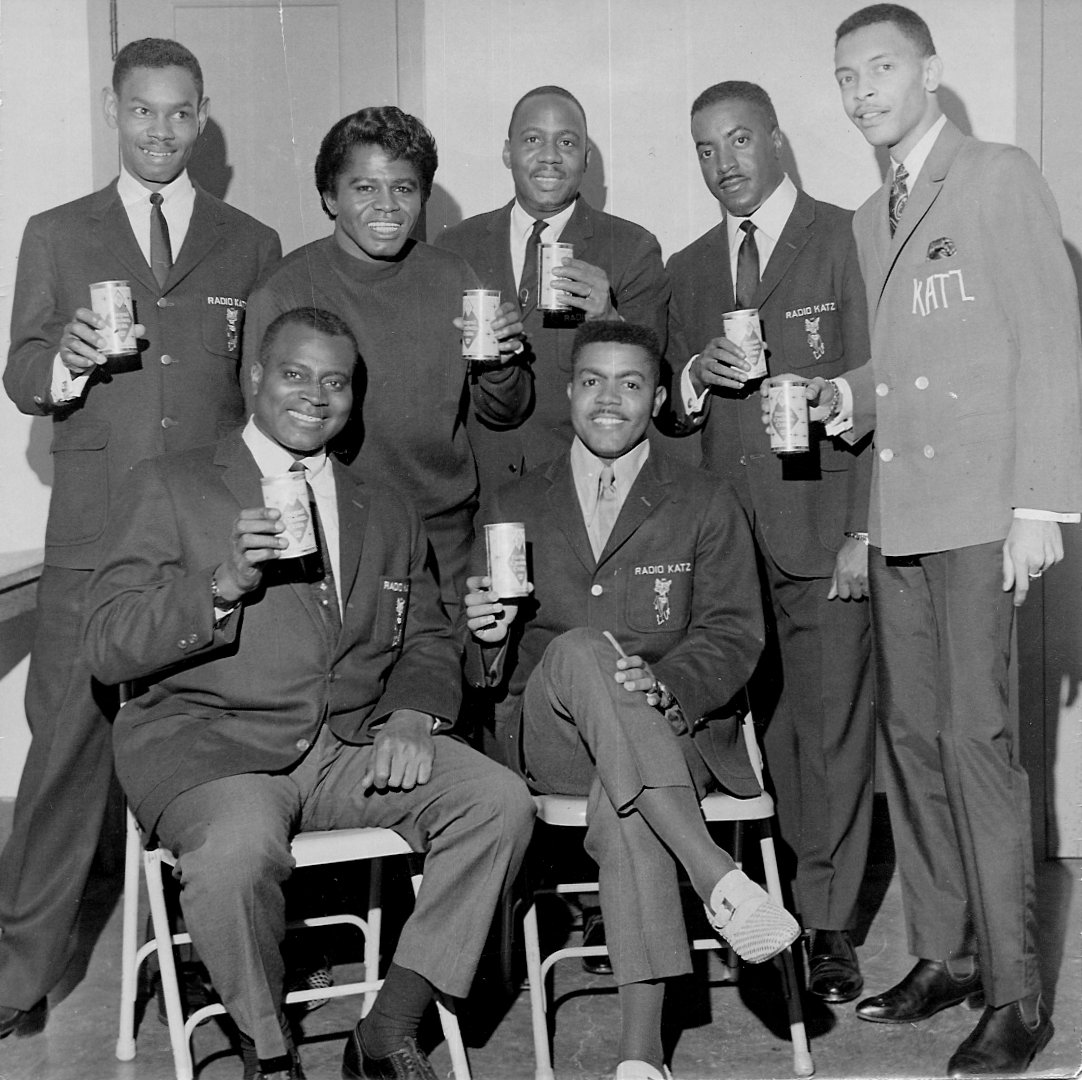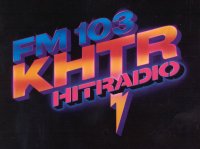Radio Articles
KFVE’s Short, Troubled Life
Radio station KFVE was in existence in St. Louis less than three years before its identity was changed, but it was a turbulent three years.
Originally licensed to the Film Corporation of America at 6800 Delmar in University City, KFVE went on the air in the summer of 1925. Its transmitter was housed in the Egyptian Building. In October of that year, noted composer Irving Berlin sued the station for copyright infringement, alleging that KFVE had broadcast his music without permission.
News of the station and its history is difficult to find. Many of the newspapers in the 1920s had financial interest in local stations and tended to give publicity only to “their” station. We do know that technical wonder boy Lester Arthur “Eddie” Benson built KFVE’s transmitter, one of three he constructed for stations signing on in St. Louis. Benson soon purchased the station from F.C.A.
In November of 1926 it was recorded that Santa Claus appeared on the station, speaking to boys and girls on behalf of Nugent’s Department Store.
The year 1927 brought on insurmountable problems for the station. Studios were moved from 1111 Olive, the offices of the Baldwin Piano Company, to the Missouri Hotel at 11th and Locust. Two weeks after the move, Benson cut back on broadcast hours. Although he initially said the cut was for the benefit of those people “living in the immediate vicinity of the antenna in University City,” the real reason later was reported as giving him time to decide on the future of the station. On March 3 the station suddenly went off the air, and newspaper reports indicated KFVE “would not be on the air until further notice.” Within two weeks, KFVE was purchased by Thomas Patrick Convey, the man credited with putting KMOX on the air in 1925.
Convey immediately announced another move. The studios and transmitter were relocated to the Chase Hotel, with the aerial strung on the building’s roof near the “Solarian.” The studios occupied a large portion of the north side of the ninth floor. Shortly after the purchase, Convey was told by the Federal Radio Commission that he would have to reduce the station’s power from 5,000 watts to 1,000 watts.
But while Convey got the station’s name and frequency, he apparently was outsmarted by Benson. It seems Benson also owned radio station WIL, and by June of 1927, WIL had hired everyone on KFVE’s old staff. In fact, WIL’s studios occupied the arcade level of the Missouri Hotel.
On November 25, 1927, Convey changed his station’s call letters to KWK. He was quoted in the local papers: “We received many letters wrongly addressed, indicating the fact that our call letters were not easily understood.”
(Reprinted with permission of the St.Louis Journalism Review. Originally published 10/2001)


